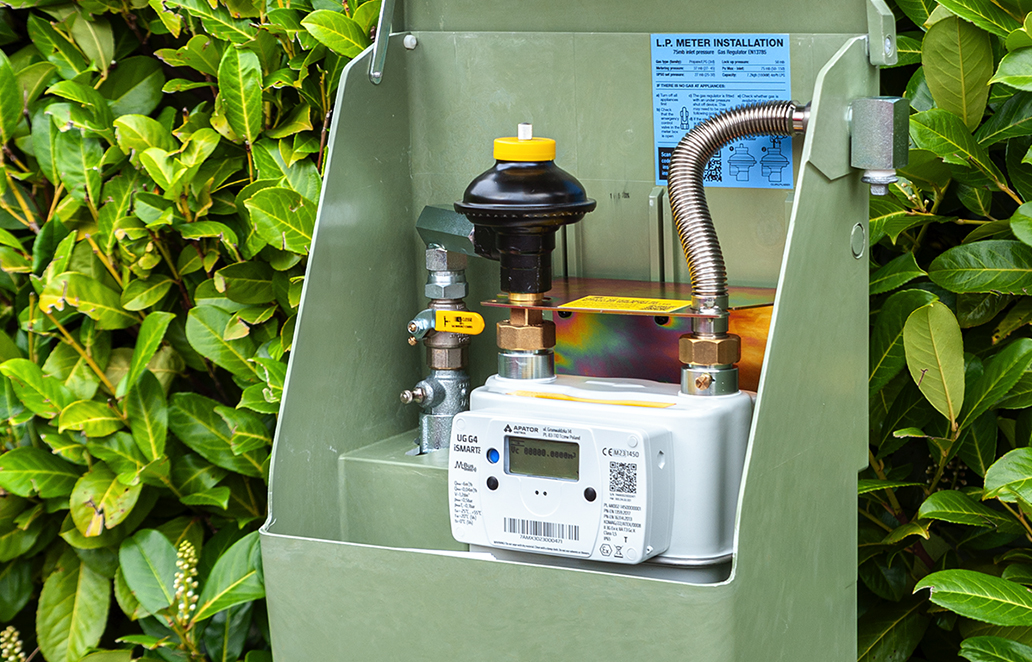We are proud to announce Clesse Industries’ flagship product High Pressure Automatic Changeover manifold is…

The Future of Green Energy: Renewable DME (rDME)
The energy landscape in the United Kingdom is rapidly evolving as the nation strives to achieve its sustainability goals. Liquefied Petroleum Gas (LPG) has been a popular choice for various applications due to its clean-burning properties and versatility. However, a drive to continually reduce the environmental impact of fuels has prompted researchers and innovators to explore renewable alternatives. Enter Renewable Dimethyl Ether (rDME), an emerging green fuel that holds great promise for the future of LPG in the UK. In this article, we delve into the world of rDME and its potential to revolutionize the energy industry in the UK.
Understanding rDME:
Renewable Dimethyl Ether (rDME) is a clean-burning fuel that can be produced from renewable sources such as biomass, organic waste, and captured carbon dioxide. It shares many similarities with LPG in terms of properties and applications but has the added advantage of being a carbon-neutral fuel.
Production Process:
The production of rDME involves several steps. First, biomass or organic waste undergoes gasification or fermentation to produce syngas, which consists of carbon monoxide and hydrogen. This syngas is then catalytically converted to methanol, which is subsequently dehydrated to produce dimethyl ether (DME). The renewable aspect of rDME lies in the utilization of sustainable feedstocks, such as agricultural residues, forestry waste, or dedicated energy crops, ensuring a closed carbon cycle.
Advantages of rDME:
Environmental Benefits: As a renewable fuel, rDME offers significant environmental advantages, aligning with the UK’s commitment to reducing greenhouse gas emissions. It reduces carbon emissions compared to conventional LPG, as its production relies on carbon-neutral sources and does not contribute to the net increase of CO2 in the atmosphere. Embracing rDME can help the UK combat climate change and improve air quality, making it a sustainable choice for a cleaner future.
Versatility and Compatibility: rDME can be seamlessly integrated into the existing LPG infrastructure, storage, and distribution systems in the UK. It possesses similar physical and chemical properties to LPG, allowing for easy adoption across various applications, including domestic heating, cooking, transportation, and industrial processes. This compatibility makes rDME an attractive alternative that minimizes the need for extensive infrastructure modifications.
Energy Security and Independence: By utilizing the UK’s abundant biomass resources, rDME can enhance energy security and reduce dependence on fossil fuel imports. The UK’s commitment to promoting a circular economy aligns with the closed carbon cycle of rDME production, allowing for indigenous feedstocks to be harnessed, thereby promoting economic growth, job creation, and a more self-sustaining energy system.
Challenges and the Path Forward:
While rDME offers immense potential, there are several challenges that need to be addressed for its widespread adoption in the UK. These challenges include scaling up production, optimizing production processes, ensuring cost competitiveness, and establishing a robust supply chain. Collaboration between industry, the UK government, and research institutions is vital to overcoming these challenges and accelerating the development and deployment of rDME technologies across the country.
Conclusion:
As the United Kingdom progresses towards a low-carbon future, renewable fuels like rDME present an exciting opportunity to revolutionize the LPG sector. Its clean-burning properties, compatibility with existing infrastructure, and environmental benefits make rDME a strong contender for displacing conventional LPG in the UK. By investing in research, innovation, and policy support, the UK can unlock the full potential of rDME, paving the way for a sustainable future.
For further information on rDME, please visit the below links:
https://www.liquidgasuk.org/about/rdme


